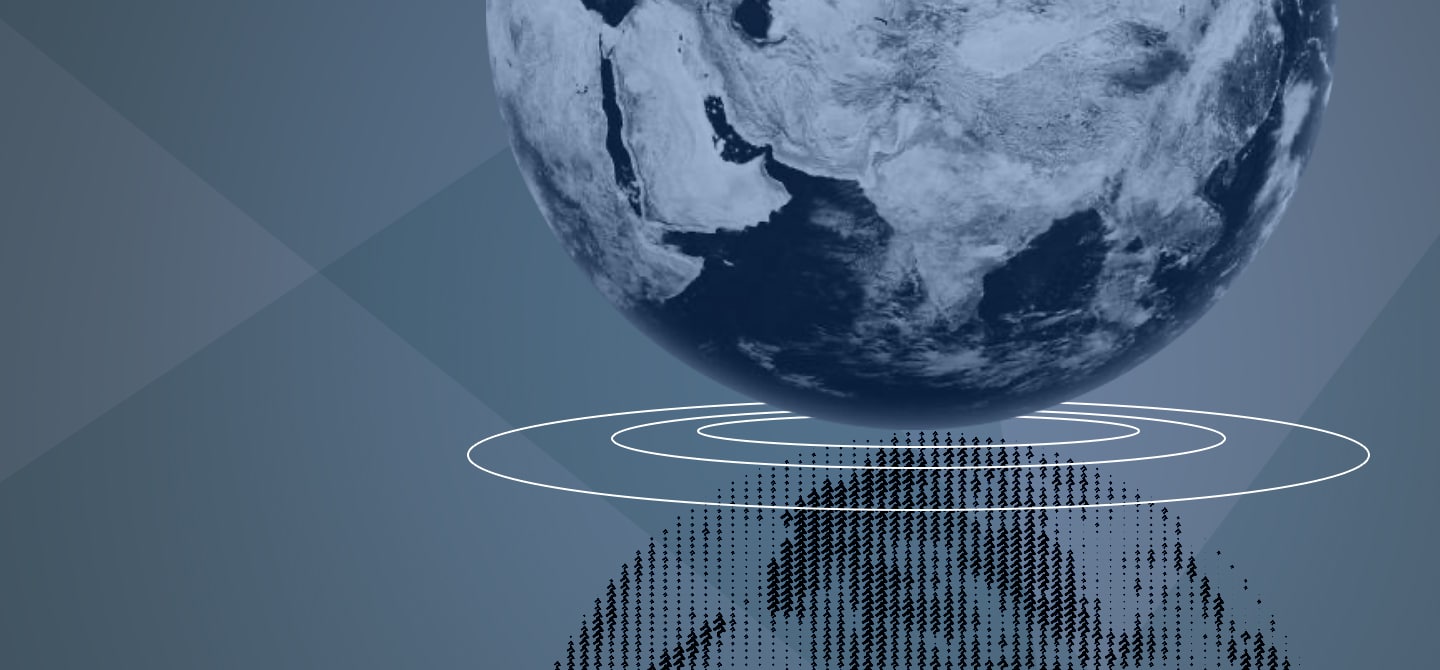Climate change will lead to an increase in earthquakes
- For decades and centuries to come, global warming will continue to accelerate the triggering of certain earthquakes.
- Weather conditions influence seismic activity: in 2020, storm Alex caused intense rainfall in south-eastern France, leading to 188 magnitude 2 earthquakes in the Mercantour National Park in the following 100 days.
- The relationship between weather and seismicity is based on various mechanisms, where small variations in stress can be enough to trigger earthquakes.
- Global warming is intensifying these meteorological phenomena by increasing temperatures at the Earth’s surface, speeding up the melting of glaciers, and accentuating extreme precipitation, cyclones and rising sea levels.
- There is therefore an urgent need to reduce greenhouse gas emissions to limit the number of earthquakes linked to climate change.
Every year, dozens of major earthquakes1 occur around the world. These events can cause the death2 of hundreds of thousands of people, as was the case recently in 2010 (226,000 deaths) and 2004 (227,000 deaths). Earthquakes are triggered by an abrupt slip along a fault – known as a fracture – in the Earth’s crust, i.e. the first few kilometres beneath our feet. This slip occurs when the stresses on the fault exceed a rupture threshold, particularly due to the movements of the tectonic plates. But in recent years, a research topic has emerged in the scientific community: could climate change caused by human activities influence earthquakes?
“The disruption caused by human activities is so intense and widespread that it is felt right across the planet – we even talk about the Anthropocene” stresses Christophe Larroque. “We’re wondering about the impact on seismicity.” Marco Bohnhoff comments, “This is a new subject and there are very few research groups working on it, but there is growing interest.” In an article published last May, Marco Bohnhoff and his colleagues summarised what is currently known3: over several decades and centuries, human activities will modify the seismic clock on faults, triggering an increasing number of small and large earthquakes. In other words, where faults are on the verge of rupture, ready to slip and generate an earthquake, climate change could be the trigger, accelerating the occurrence of the earthquake.
The influence of weather on earthquakes
It is now clear that the weather influences earthquakes. In 2020, France was swept by storm Alex, which generated very heavy rainfall in the south-east of the country, up to 600 mm in less than 24 hours. Over the next 100 days, 188 earthquakes of up to magnitude 2 – a magnitude too weak to be felt by the general public – were recorded in the Tinée valley, in the Mercantour national park4. “This is a significant finding: we recorded as many earthquakes in this area in three months as we had in 5 years” points out Christophe Larroque.
The first observations of the influence of weather on seismicity date back to the early 2000s. In France, in 2002, after rainfall as intense as during Storm Alex, an increase in seismic activity was recorded in the following months in western Provence5. In 2005, an unusual series of 47 earthquakes was recorded in the space of just 12 hours in central Switzerland, following intense rainfall (300 mm in 3 days)6. Another example: in Nepal, a team recorded a lower number of earthquakes in summer (-37%) than in winter, suggesting that monsoons influence seismicity7.

Examples also exist for other weather events. California, for example, has alternating wet and dry seasons when snow and water accumulate in mountains, lakes and reservoirs. This seasonal pattern has been shown to modify seismicity rates in the region8. And in Turkey, oscillations in the level of the Sea of Marmara – associated with seasonal variations – also correlate with the number of earthquakes9. “So far, the earthquakes linked to meteorological events have mainly been of low magnitude, although this does not rule out the possibility of larger magnitude earthquakes in the future” explains Christophe Larroque. “This poses real challenges in terms of observation, since we need to deploy a high-quality seismological recording network to accurately record these small earthquakes. In recent years, the improvement and multiplication of seismological networks has improved our understanding.”
The mechanisms involved in the relationship between weather and earthquakes
What mechanisms explain this correlation between weather and seismicity? “A number of processes are in play, and it is difficult to identify which ones are responsible” replies Christophe Larroque. Regarding storm Alex, Christophe Larroque and his colleagues have just published a ground-breaking analysis that brings together a number of different disciplines. “We pinpointed the precise location of the earthquakes, traced their migration over time, and modelled various hypotheses to understand the processes involved” explains Christophe Larroque. For example, the team has shown that the rain generated excess fluid pressure that propagated at depth – known as a pressure front – until it destabilised a fault that was already under stress. The fault then began to slip until it triggered small clusters of earthquakes.
It is important to understand that small variations in stress can be enough to trigger earthquakes. While the pressure front generated by storm Alex is at the root of the unusual seismicity in the region, meteorological events can modify stresses locally through other mechanisms. One study looked at the effects of typhoon Morakot in Taiwan in 200910. The intense rainfall caused more than 10,000 landslides and a very large amount of rock and sediment to be transported in rivers. These surface mass movements increased stresses on faults, explaining the significant increase in the frequency of surface earthquakes for two and a half years after the typhoon hit. Another example: in California, seasonal variations in seismicity are mainly linked to stresses generated by the weight of water accumulating on the surface during the wet season11.
Yet all these meteorological events are influenced by climate change linked to human activities and will be even more so in the future. Rising temperatures at the Earth’s surface are causing ice caps to melt rapidly, increasing the intensity of extreme precipitation and cyclones, as well as global sea levels12. All these surface changes are modifying stresses on faults locally.
A study of earthquakes on the Korean peninsula over the last 650,000 years shows a correlation between seismicity and the end of the various ice ages: with each deglaciation, the melting of the ice causes a rapid rise in sea level and an increase in seismic activity in the region13. With global sea levels already having risen by 0.2m since 1901 and set to rise by a further 1m by 2100, the consequences could be significant. Some estimate that a rise of 1m could increase the pressure on all the oceans (i.e. 70% of the earth’s surface) enough to trigger earthquakes on many faults that are already close to rupture. “Rising sea levels will in most cases accelerate the onset of earthquakes, though in other cases it will delay them” concludes Marco Bohnhoff. “In this case, more energy will accumulate on the faults and the earthquakes will be stronger. This will affect the people who live on the coast, and we urgently need to reduce greenhouse gas emissions to limit the number of earthquakes caused by climate change.”















